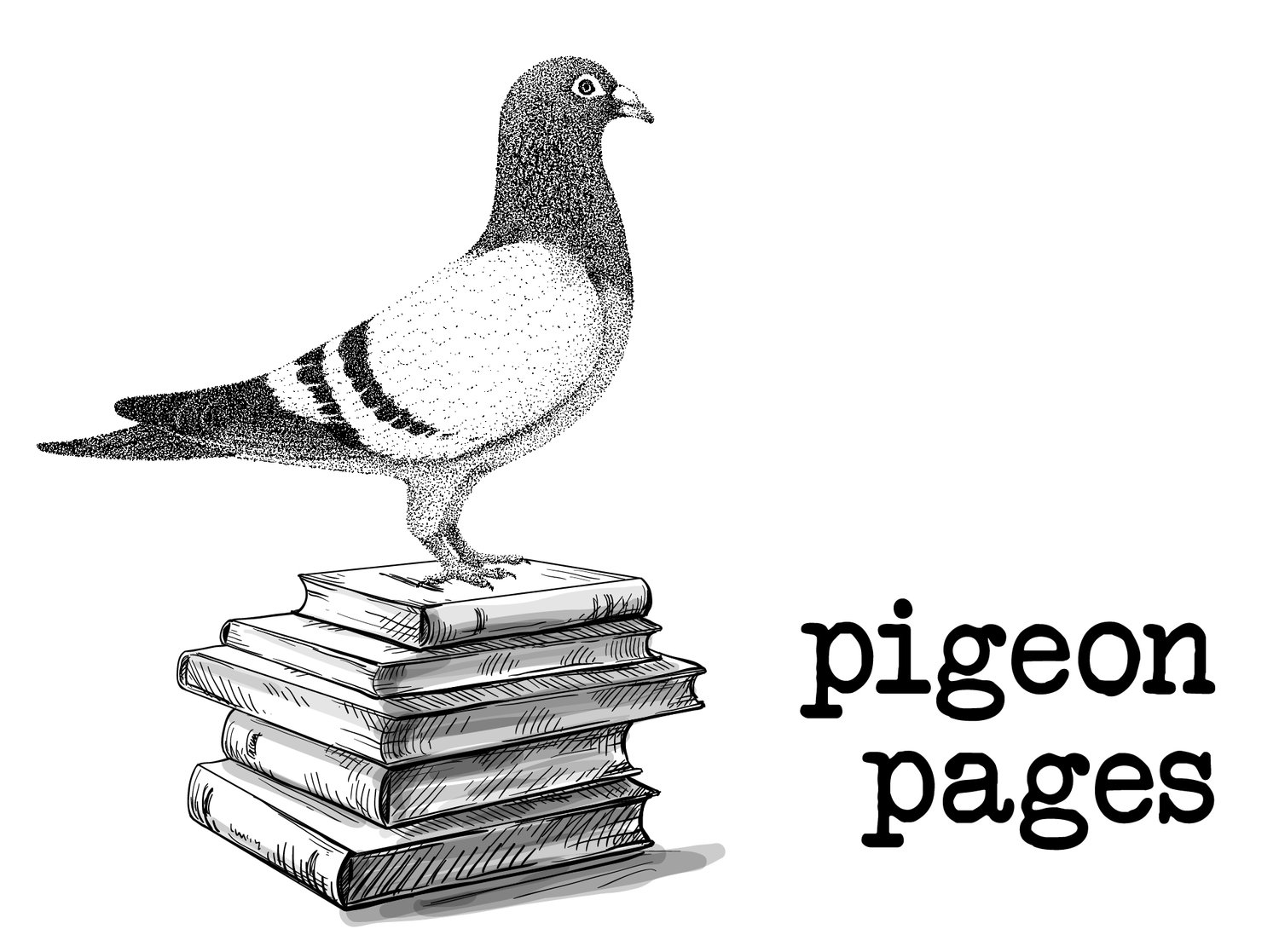William Bbaziotes, "untitled," c. 1962. Watercolor and graphite pencil on paper, 7 1/2 × 11in. Courtesty of the Whitney Museum of American Art, New York; gift of Saralee and Robert Fine
November has September hands
by Katey Funderburgh
places both on my face forcing me to see
the leaves angelwalking their way up
and through my air drizzled and darkened
fogging the street with the breath of everyone
in their cars November has my hands
on the day I come home to see
my roommates broken up their necks fallen
into each other like empress tree seeds
released into my pocket gone to brown
from their purple on my dresser for the next
six months love will play out like rainwater
along the gutters of our street damning
the leaves in their river until our lease
ends the sunned neighborhood asphalt
caught under my skirt spilled again on
its last wetted Sunday in lamplight pulled
across my feet I have daughtered the leaving
pulsed cheekbones with my fingers failed
to say I love you with any words that keep
the grieving still I look up from the steps
of my rented home to see salted faces lighting
each other in our windows this November
unspools its arms in a rainstorm with hands
stonewarmed holding me in place
Published November 10, 2024
Katey Funderburgh is a queer poet from Colorado. She is a current MFA Poetry candidate at George Mason University. Katey serves as the co-coordinator for the Incarcerated Writers Project, and as a Poetry Alive! fellow. Her poems appears in Blood Pudding and Black Glass Pages, among others. When Katey isn't writing, you can find her laying in the sun with her cat, Thistle. Or find her on Twitter @coloradoKatey.
William Baziotes began his career at a glass company in Reading, Pennsylvania, then moved to New York in 1933 to study at the National Academy of Design. He was fascinated by classical art, literature, and nature and often visited the old-master paintings at the Metropolitan Museum of Art as well as the fossil and ethnographic collections at the Museum of Natural History. He struggled to develop a style of painting until he saw an exhibition of Picasso’s work in 1939. He later recalled that he looked at Picasso until “I could smell his armpits and the cigarette smoke on his breath. Finally . . . I got it. I saw that the figure was not his real subject . . . Picasso had uncovered a feverishness in himself and is painting it---a feverishness of death and beauty” (Interview with Gordon Onslow-Ford, 1975, quoted in William Baziotes: A Retrospective Exhibition, 1978). Baziotes believed that the artist’s spirit was far more important than his subject matter and allowed the image to “reveal itself” on the canvas as he painted.

